Descrição
How to make a course certificate
Hello, dear reader! In this blog, we will address a very important topic for those who are completing a course: how to make a certificate. A certificate is a document that proves participation and completion of a course, and is essential to demonstrate your acquired skills and knowledge. Let's explore step by step how to create a professional and attractive course certificate.
Step 1: Define the certificate layout
Before you start creating the certificate, it is important to define the layout that will be used. The layout should be clean, organized and easy to read. Use the HTML tags
and to highlight the certificate title and information.Step 2: Add the main elements
To create a course certificate, you need to add the main elements, such as the course name, student name, course load, completion date, and institution name. Use the HTML tags
and to highlight this information.Step 3: Organize the information in a table
An efficient way to organize the certificate information is using a table. Use the HTML tags
, , , to create the table structure. In the first row of the table, enter column headings such as "Course Name", "Student", "Course Hours", "Completion Date" and "Institution".| , and |
|---|
| Course Name | Student | Course Hours | Completion Date | Institution |
|---|---|---|---|---|
| Digital Marketing Course | João da Silva | 40 hours | 01/08/2022 | XYZ University |
Step 4: Style the certificate
To make the certificate more attractive, you can add styles using CSS. Define appropriate colors, fonts and sizes for each element. Use the HTML tag to add style rules.
Step 5: Print the certificate
Once you have finished designing and styling your certificate, it is time to print it. Use a quality printer and suitable paper to ensure the best presentation of your certificate. Remember to sign the certificate and, if necessary, stamp it with the institution's seal.
By following these steps, you will be able to create a professional and quality course certificate. Remember to customize the certificate according to the needs and characteristics of the course. Good luck!
I hope this blog has been useful to you. If you have any questions or suggestions, leave them in the comments below. See you next time!
How to make a course certificate
If you have completed a course and want to have a certificate to prove your knowledge, this article is for you. Here, we will show you step by step how to make a course certificate in a simple and efficient way.
Step 1: Define the certificate format
The first step in making a course certificate is to define the format it will have. You can choose a traditional, paper certificate, or a digital certificate, which can be sent by email or made available for download on a website.
Step 2: Create an attractive design
A course certificate must be visually appealing and professional. Use elements such as colors, fonts and images that are aligned with the visual identity of the course and convey seriousness and quality.
Step 3: Include the necessary information
For the certificate to be valid and recognized, it is important to include the necessary information. This includes the name of the course, the course load, the completion date, the name of the student and, if applicable, the name of the institution that offered the course.
Step 4: Add security features
To prevent forgery, it is recommended to add security features to the certificate. This can include signatures, seals, verification codes or holograms.
Step 5: Print or make the certificate available
If you opted for a paper certificate, print it on quality paper and use a high-resolution printer. If you opted for a digital certificate, save it in a suitable format and make it available for download or send it by email.
Sitelinks
Sitelinks are additional links that appear in Google search results, directing users to specific pages on the website. In the case of a course, sitelinks can direct to information about the course, curriculum, student testimonials, among others.
Reviews
Reviews are evaluations made by students who have already completed the course. They can be found on specialized websites, such as Google My Business, and help to convey trust and credibility to those looking for a course certificate.
People also ask
The "People also ask" section shows questions related to the researched topic and their answers. In the case of how to make a course certificate, some common questions might be: "What information should be included in a course certificate?", "How do I add security elements to a certificate?" and "What is the difference between a paper certificate and a digital certificate?".
Knowledge panel
The knowledge panel is an information box that appears in Google search results, providing relevant data on the researched topic. In the case of a course certificate, the knowledge panel can show information about the importance of having a certificate, how it can help in your professional career, and what the most common types of certificates are.
FAQ
The FAQ (Frequently Asked Questions) section is a way to answer users' most frequently asked questions about the topic searched. In the case of how to make a course certificate, some questions that can be answered are: "What are the steps to make a course certificate?", "How long does it take to make a certificate?" and "Is it possible to make a course certificate online?".
Top stories
The "Top stories" section displays the most relevant news about the topic searched. In the case of course certificates, this section can show news about courses recognized by the market, partnerships between educational institutions and companies, among other related topics.
Recipes
The "Recipes" section is generally used to display culinary recipes, but it can be adapted for other types of step-by-step tutorials, such as the process of creating a course certificate. In this case, the section can show the steps described previously in a summarized and objective way.
Find results on
The "Find results on" section displays links to other websites or platforms where you can find more information about the topic searched. In the case of course certificates, this section can direct you to websites of educational institutions, online course platforms, or discussion forums on the topic.
See results about
The "See results about" section displays links to other terms related to the topic searched. In the case of course certificates, this section may show links to information about technical courses, undergraduate courses, postgraduate courses, among others.
Related searches
The "Related searches" section displays terms related to the searched topic, suggesting other searches that may be of interest to the user. In the case of course certificates, this section may show terms such as "how to validate a course certificate", "how to choose a recognized course", "how to validate a ... o" and "how to obtain an international certificate".
We hope this article has been useful for you to understand how to make a course certificate. Remember to follow the steps described and use the SERP features mentioned to optimize the visibility of your certificate in search results.
What is a course certificate and how to make one?
When we complete a course, whether in-person or online, it is common to receive a certificate as proof of our learning. The course certificate is an important document that can be used to prove our skills and knowledge in a certain area.
Why is it important to have a course certificate?
Having a course certificate can bring several benefits to our career. In addition to being a way to prove our skills and knowledge, it can also be a differentiator when seeking a new job opportunity or promotion within the company. company.
Sitelinks: Sitelinks are additional links that appear below a website's main result in search results. They make it easier for users to navigate within the website by directing them to specific pages.
Reviews: Reviews are evaluations made by users about a specific product, service or company. They can appear in search results and help others make informed decisions.
People also ask: This SERP feature shows questions related to the search term and their answers. It is a way to provide additional information to users.
Knowledge panel: The knowledge panel is an information box that appears in search results and contains relevant information about a specific entity, such as a person, company or place.
FAQ: Frequently asked questions (FAQ) are a way to provide answers to users' most common questions. They can appear in search results and help clarify important information.
Top stories: Top stories are recent and relevant news stories about the search term. They can appear in search results and provide up-to-date information to users.
Recipes: Recipes are detailed instructions on how to prepare a particular dish or drink. They can appear in search results and are useful for those looking for culinary inspiration.
Find results on: This SERP feature shows additional links to other websites that may provide relevant information about the search term.
See results about: This SERP feature shows additional links to other search results related to the search term.
Related searches: Related searches are terms that are similar or related to the search term. They can appear in search results and help users refine their search.
How to make a course certificate?
To make a course certificate, you can follow these steps:
- Choose a certificate template: There are several certificate templates available on the internet. Choose one that is appropriate for the type of course you have completed.
- Fill in the required information: Enter the name of the course, the number of hours, the completion date and the name of the student. Make sure that all information is correct and up to date.
- Add visual elements: To make the certificate more attractive, you can add visual elements, such as logos, decorative borders or images related to the course theme.
- Print or send digitally: After finishing the certificate, you can print it on special paper and sign it manually, or send it digitally by email or pl online platform.
Table:
| Course Name | Course Hours | Completion Date | Student Name |
|---|---|---|---|
| Digital Marketing Course | 40 hours | 01/08/2022 | João da Silva |
A: The "a" element is used to create links to other pages or resources on the web. It can be used to direct users to more information about the course or to share the certificate on social networks.
Ref: The "ref" attribute is used to specify a reference to an element in an HTML document. It can be used to create internal links within the page or to reference other resources.
Iframe: The "iframe" element is used to embed content from other web pages within a page. It can be used to display a video testimonial from students or to show examples of work completed during the course.
In short, the course certificate is an important document to prove our skills and knowledge. By following the steps mentioned above, it is possible to create a personalized and attractive certificate. Remember to always check the authenticity of the courses and the institutions that issue the certificates, to ensure their validity in the job market.
Sitelinks: Sitelinks are additional links that appear below the main result of a website in search results. They make it easier for the user to navigate within the website, directing them to specific pages.
Reviews: Reviews are evaluations made by users about a specific product, service or company. They can appear in search results and help other people make informed decisions.
People also ask: This SERP feature shows questions related to the search term and their answers. It is a way to provide additional information to users.
Knowledge panel: The knowledge panel is an information box that appears in search results and contains relevant information about a specific entity, such as a person, company, or place.
FAQ: Frequently asked questions (FAQ) are a way to provide answers to users' most common questions. They can appear in search results and help clarify important information.
Top stories: Top stories are recent and relevant news about the search term. They can appear in search results and provide up-to-date information to users.
Recipes: Recipes are detailed instructions on how to prepare a particular dish or drink. They can appear in search results and are useful for those looking for culinary inspiration.
Find results on: This SERP feature shows additional links to other websites that may provide relevant information about the search term.
See results about: This SERP feature shows additional links to other search results related to the search term.
Related searches: Related searches are terms that are similar or related to the search term. They can appear in search results and help users refine their search.
What is the best way to make a course certificate
Have you completed an online course and are now looking for a certificate to prove your acquired knowledge? In this article, we will explore the best ways to make a course certificate efficiently and professionally.
1. Define the certificate format
Before you start creating the certificate, it is important to define the format it will have. You can choose a digital certificate, which can be sent by email or made available for download on a website, or a physical certificate, printed on paper.
2. Choose an attractive design
The design of the certificate is essential to convey professionalism and value to the document. Use visual elements such as colors, fonts and images that are aligned with the visual identity of the course and convey seriousness.
3. Include relevant information
On the certificate, it is important to include relevant information, such as the name of the course, the number of hours, the date of completion and the name of the student. In addition, it is interesting to add the logo of the institution that offered the course and signatures of people responsible for validating the certificate.
4. Use HTML tags for formatting
To ensure correct formatting of the certificate, use the appropriate HTML tags. For example, use the
tag to highlight the certificate title and the tag for the text paragraphs.5. Organize the information in a table
An efficient way to organize the certificate information is by using a table. Use the
, , and , andEstimar frete
Payment & Security
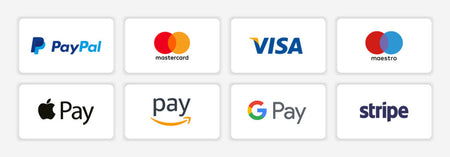
Featured collection
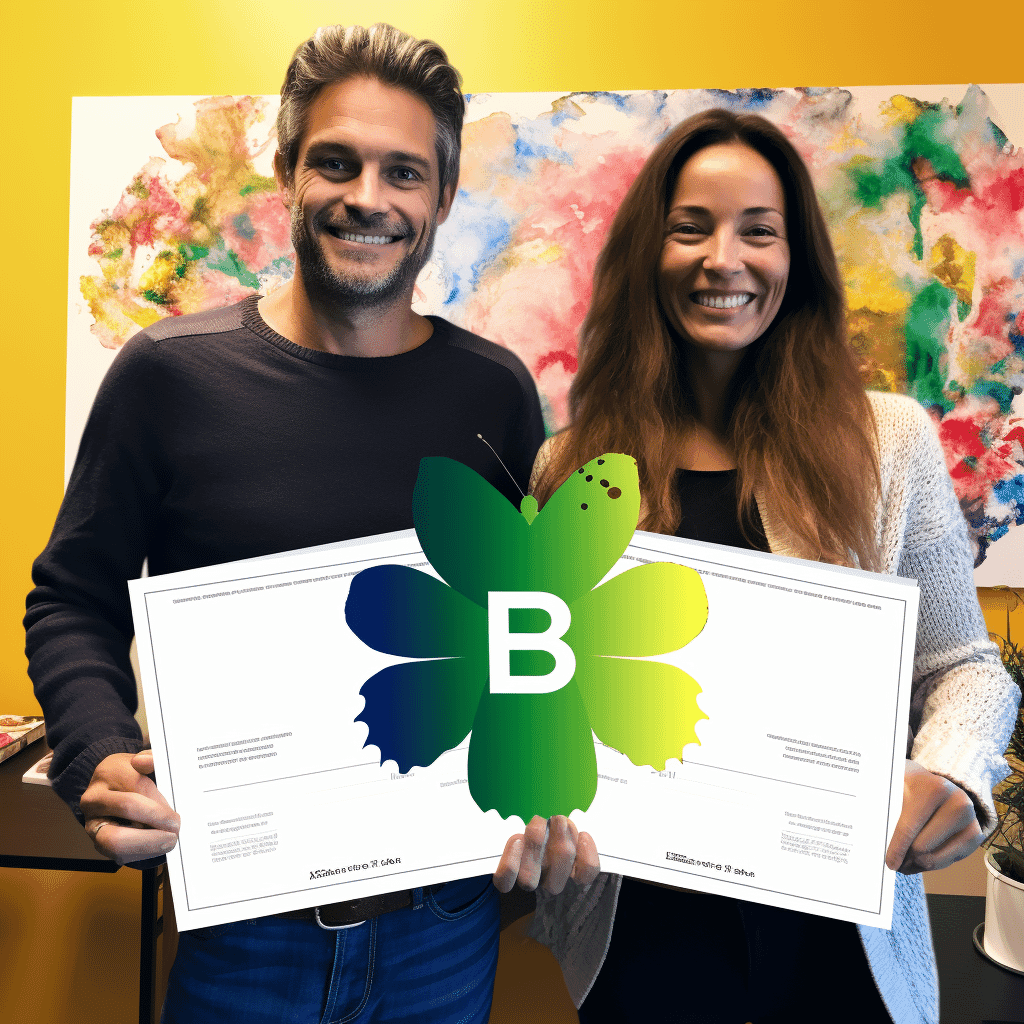

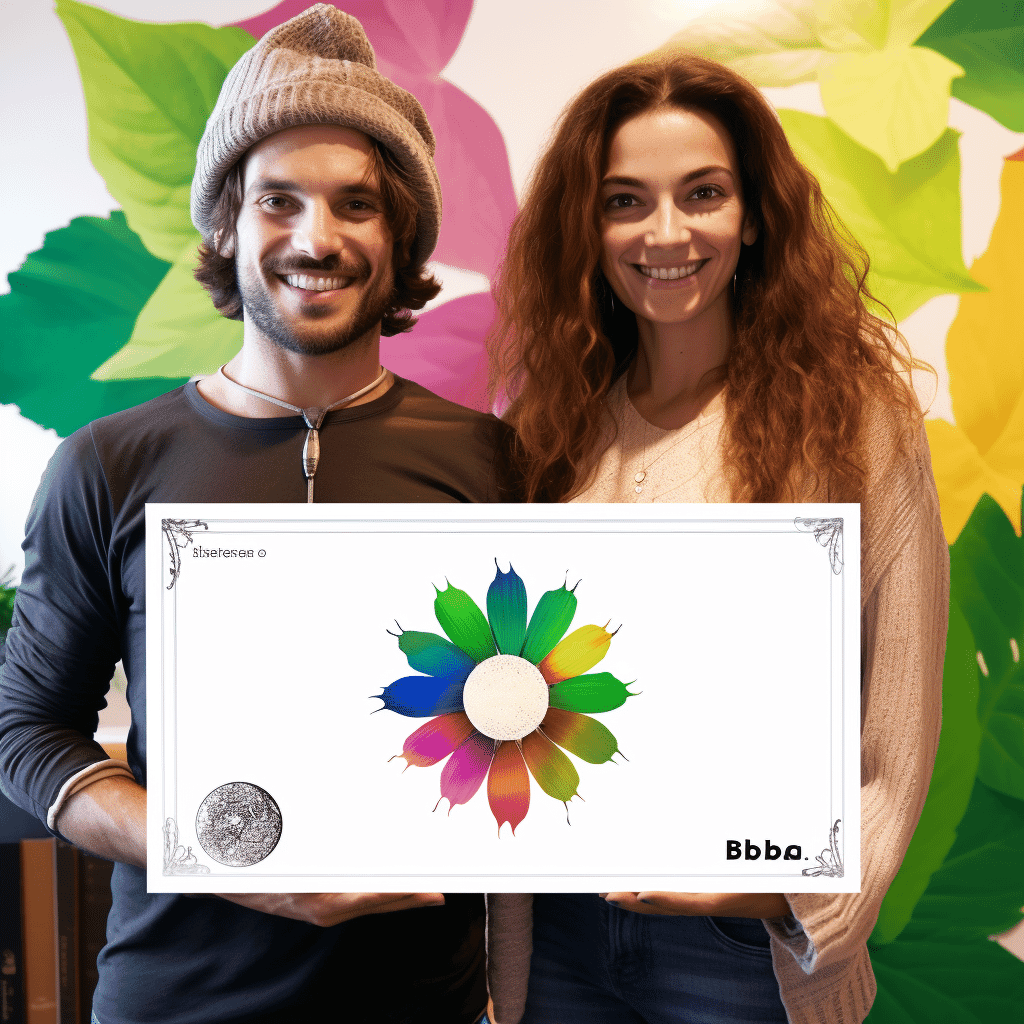

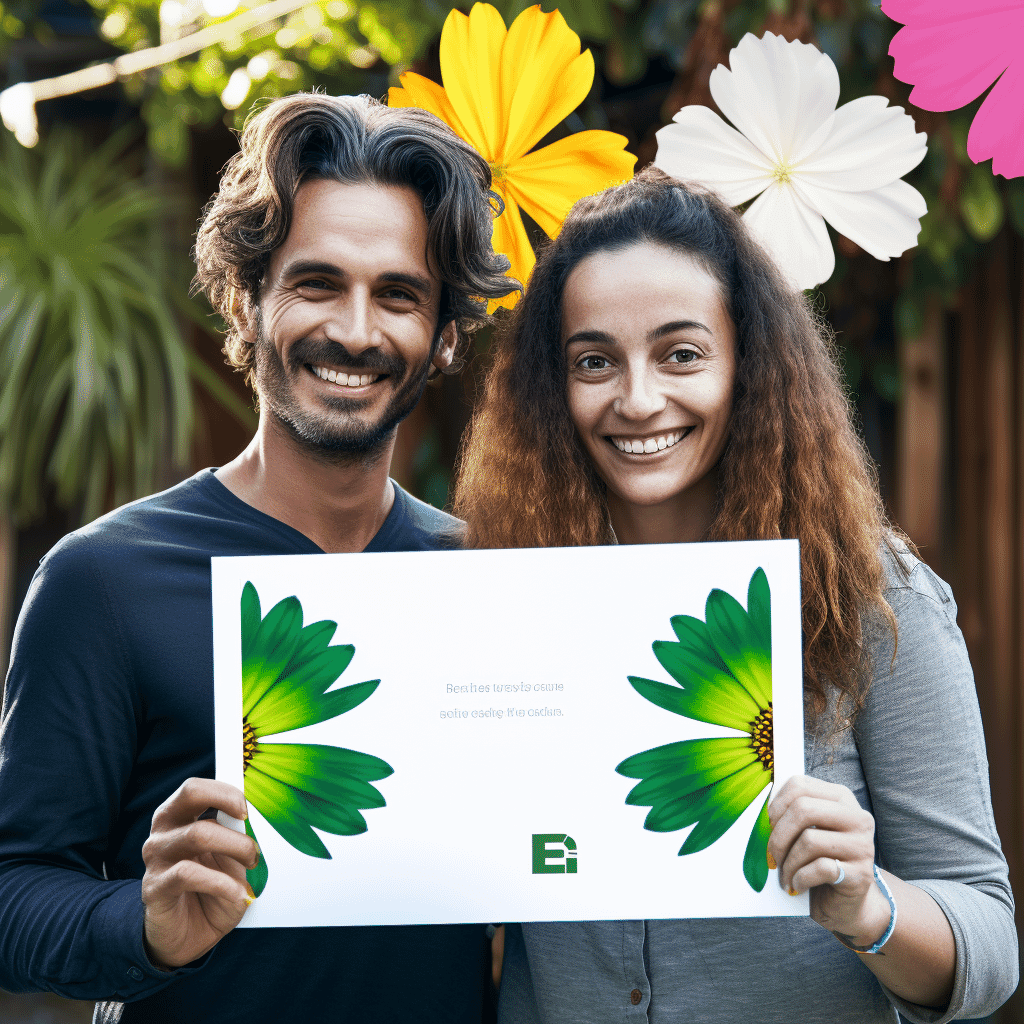










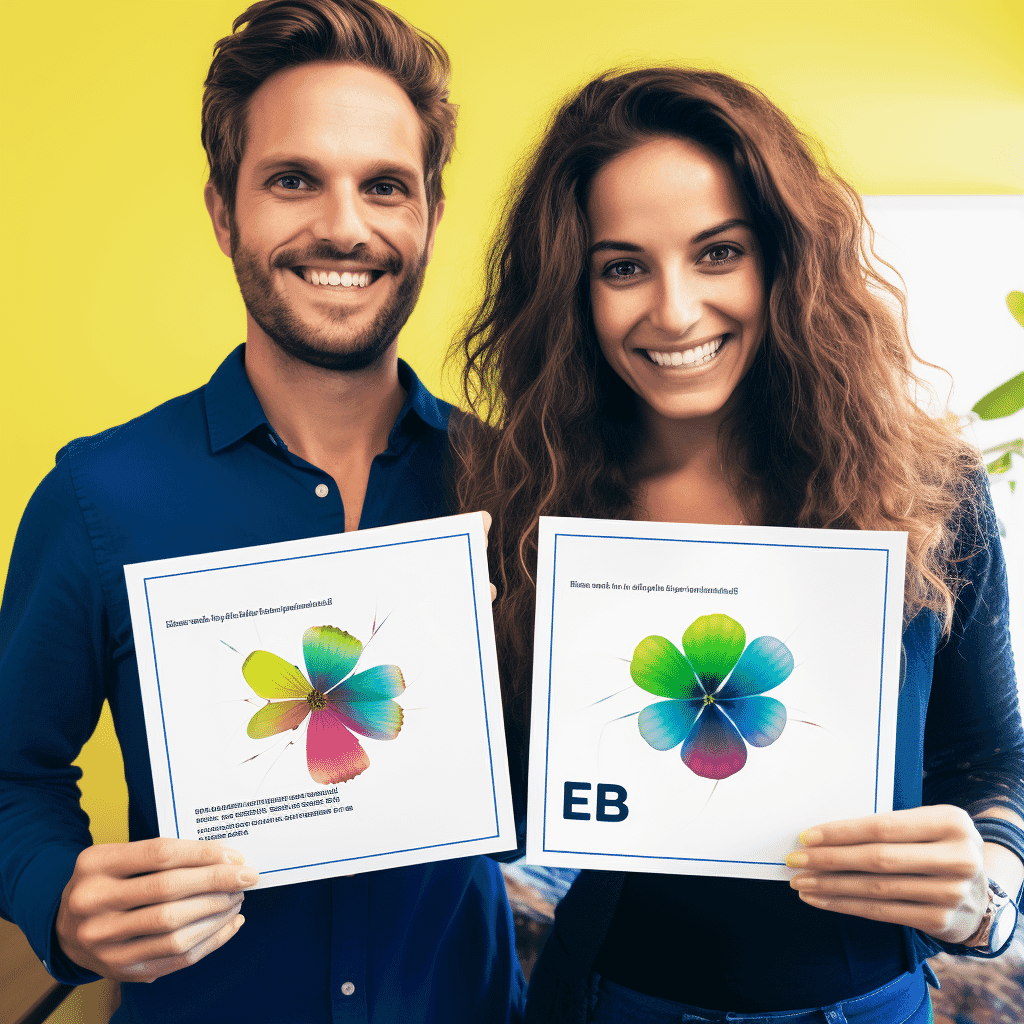
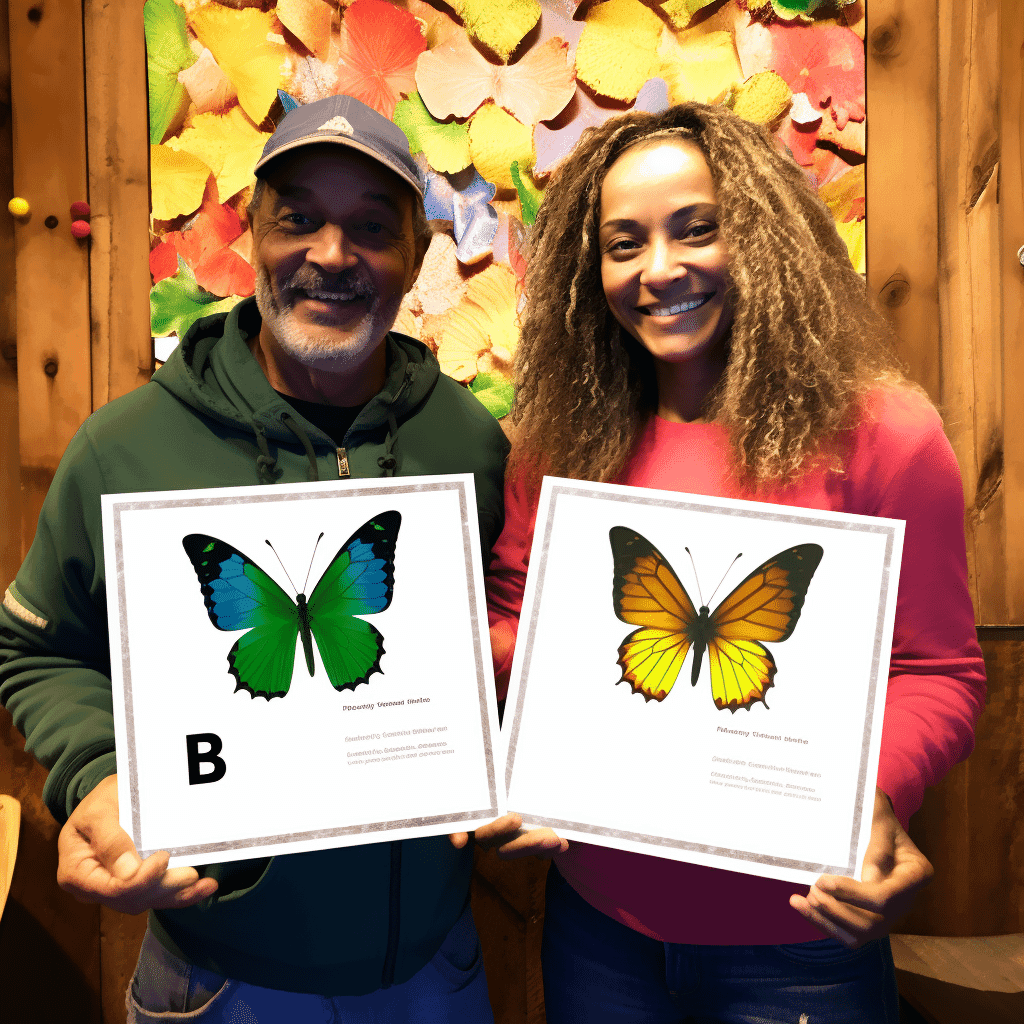

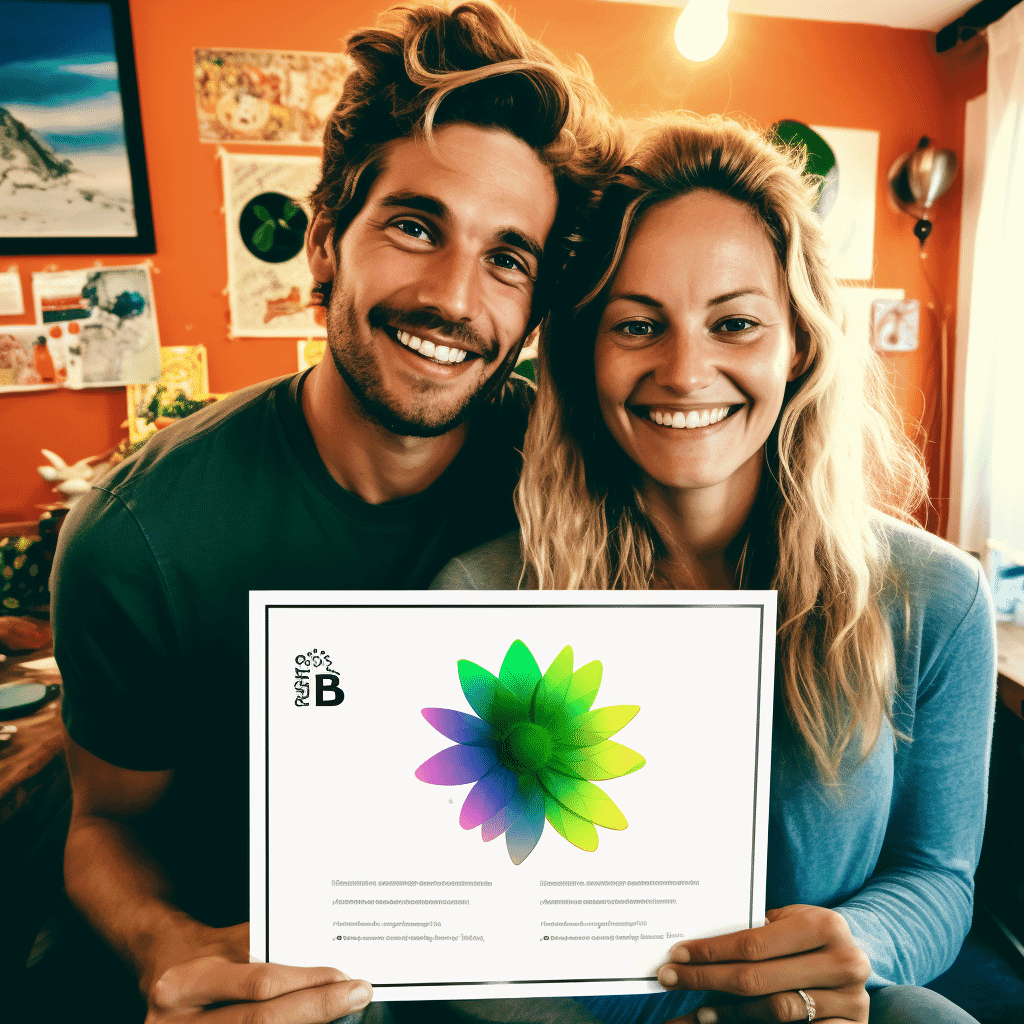


![Curso de Angular e NodeJS - O Guia da Pilha MEAN [Edição 2023] - IBRATH Instituto Brasileiro de Terapias Holísticas teste011020230809](http://enciclopedia.paginasdabiblia.com/cdn/shop/products/a19556.png?v=1699935448&width=1024)



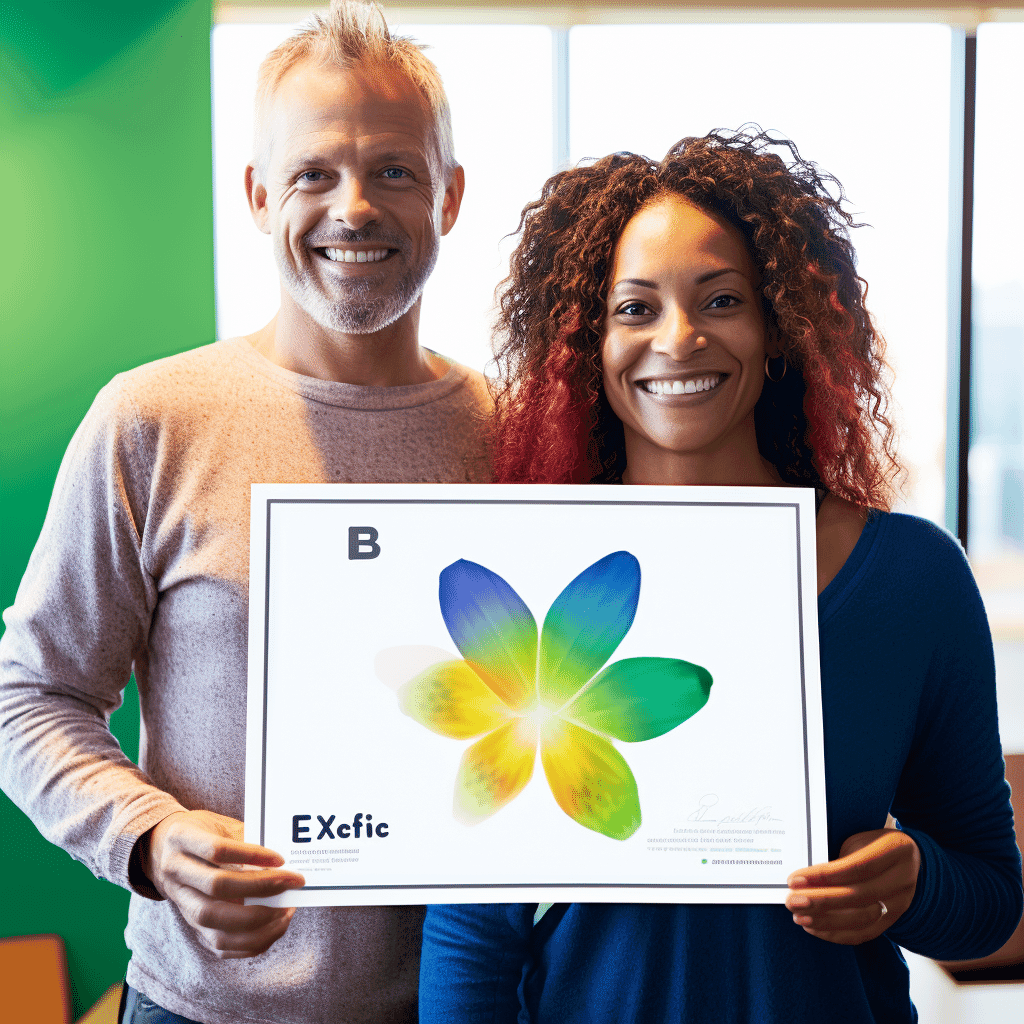
![Curso de Docker & Kubernetes: O Guia Prático [Edição 2023] - IBRATH Instituto Brasileiro de Terapias Holísticas teste011020230809](http://enciclopedia.paginasdabiblia.com/cdn/shop/products/a19570.png?v=1699935525&width=1024)








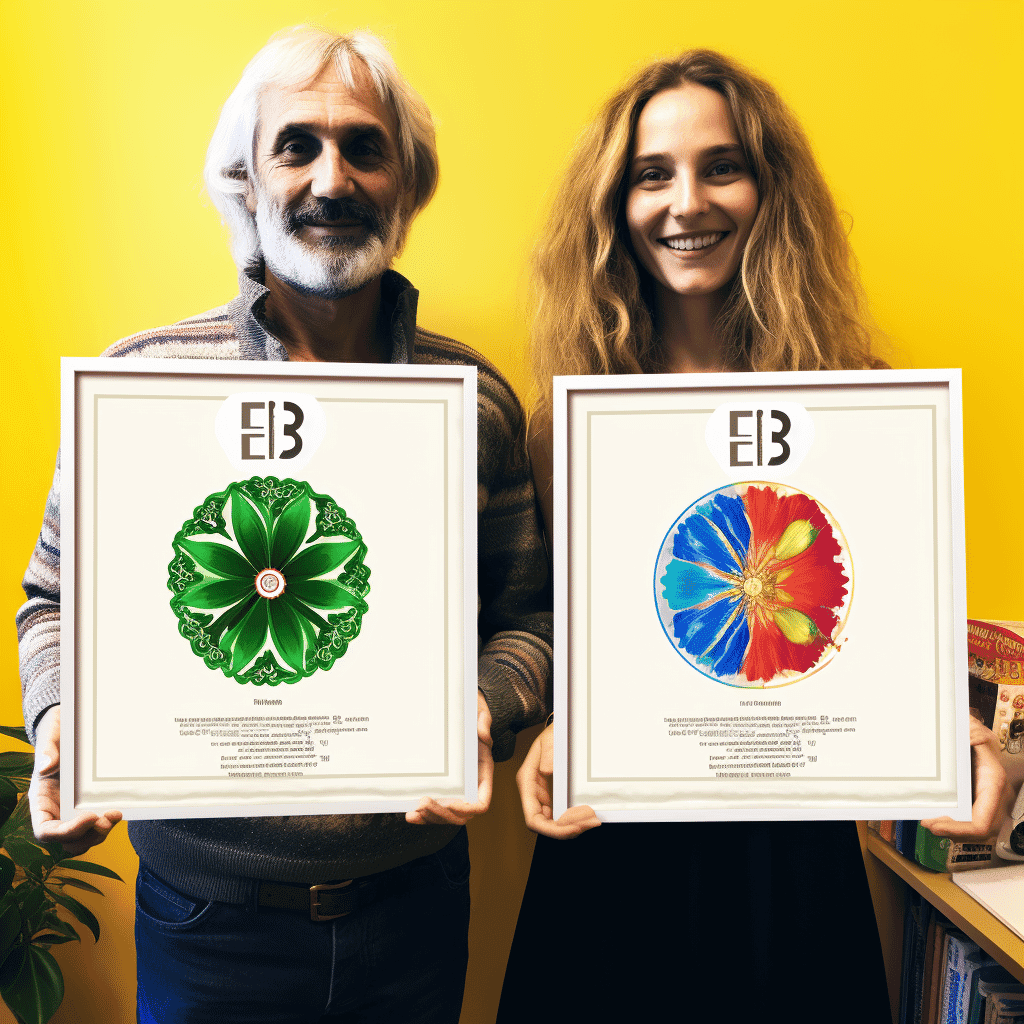

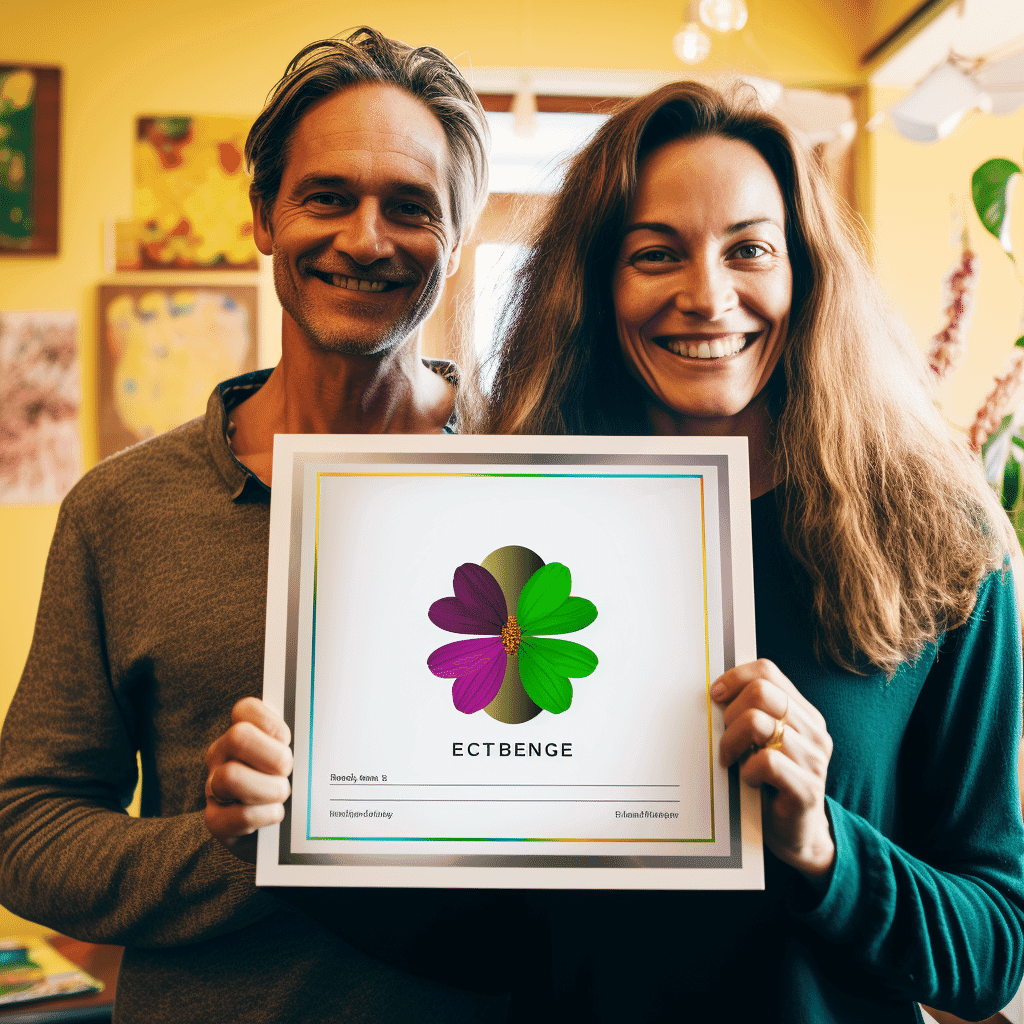





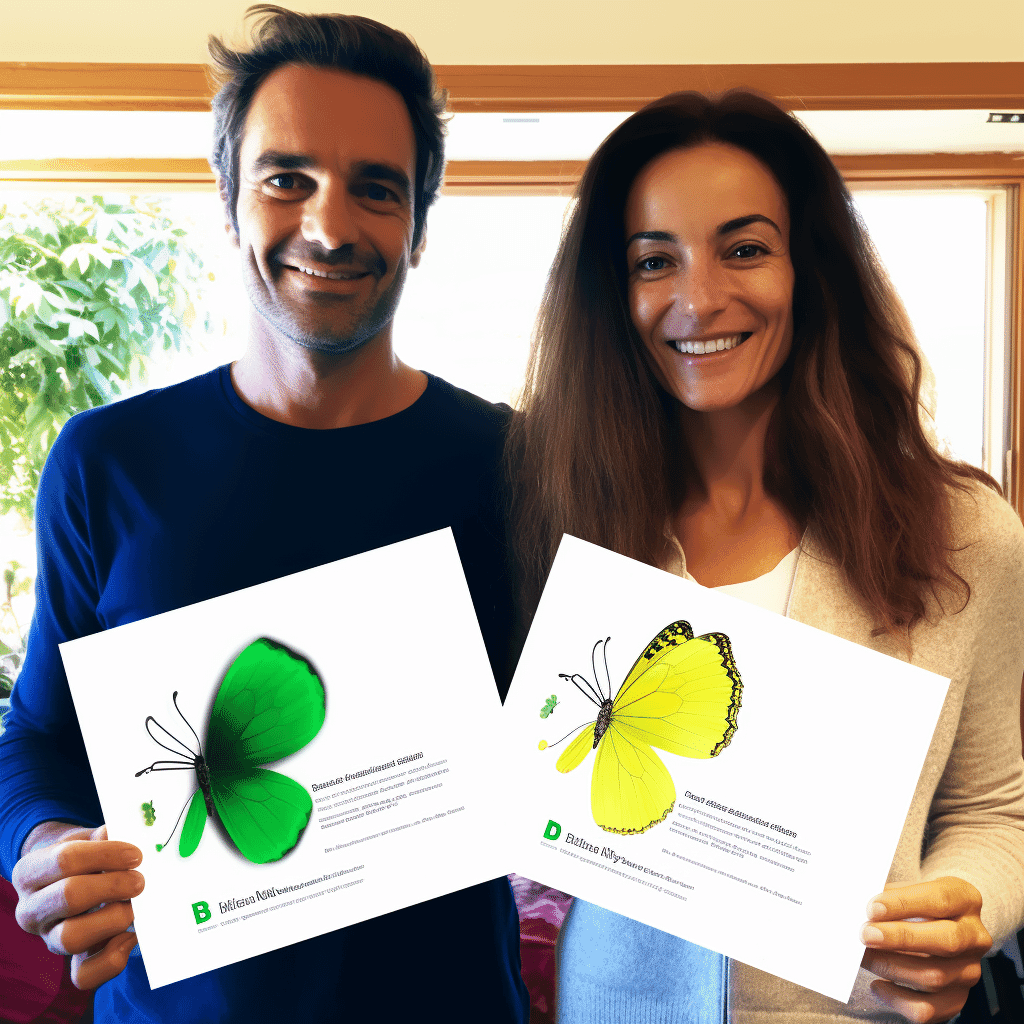


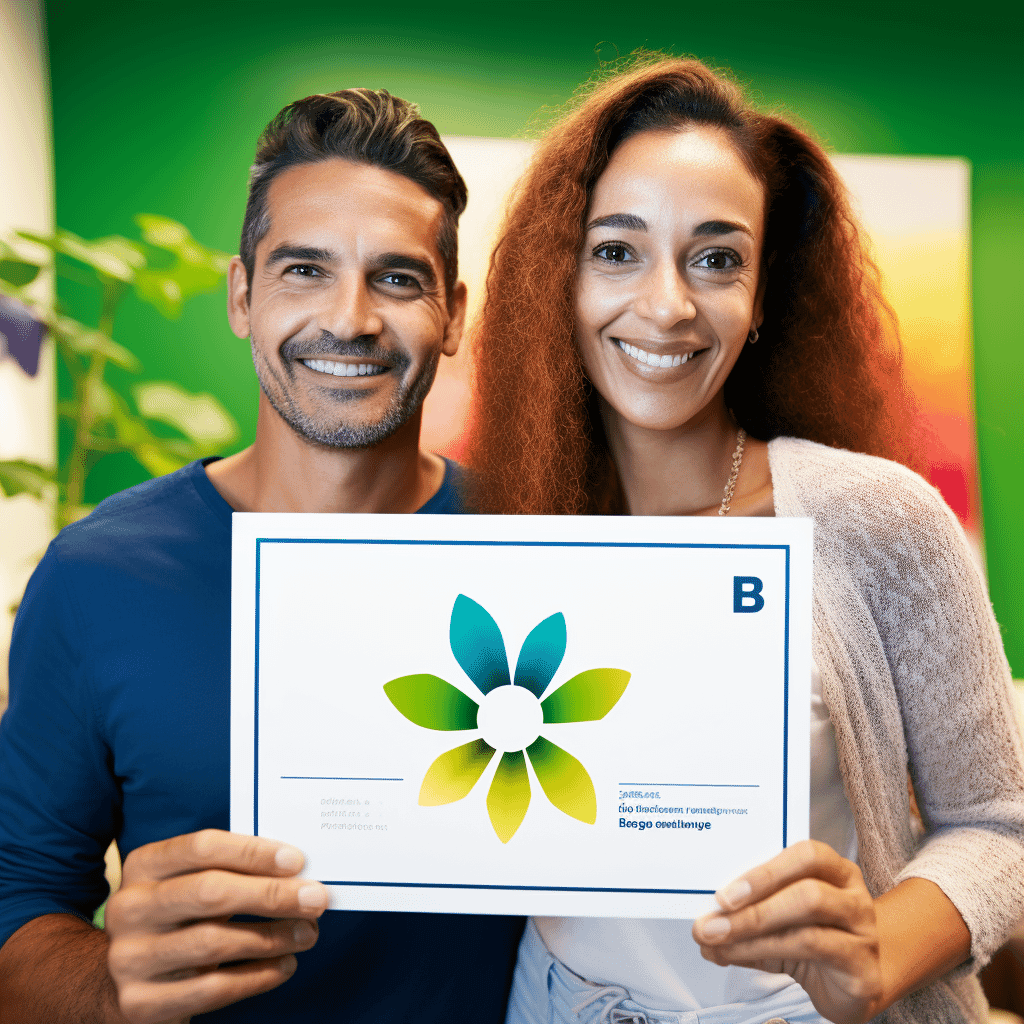

Dúvidas Gerais
Após a confirmação do pagamento, você receberá um e-mail com todas as instruções para acessar seus cursos. O e-mail incluirá um link para a plataforma de ensino, onde você poderá fazer login utilizando suas credenciais cadastradas no momento da compra. Caso seja um curso em formato de arquivo para download, o mesmo estará disponível na área do aluno e poderá ser acessado diretamente pelo link enviado. Se você não receber o e-mail de acesso em até 24 horas, verifique sua caixa de spam ou entre em contato com nossa equipe pelo e-mail suporte@amentil.com.br.
Após a confirmação do pagamento, seu pedido será processado e enviado para o endereço cadastrado. Você receberá um e-mail com os detalhes do envio, incluindo o código de rastreamento para acompanhar a entrega. Trabalhamos com transportadoras confiáveis e os prazos variam de acordo com o método de envio escolhido e sua localização. É importante garantir que o endereço de entrega esteja correto para evitar atrasos. Caso tenha dúvidas ou problemas com a entrega, nossa equipe de suporte está à disposição pelo e-mail suporte@amentil.com.br.
Você pode tirar dúvidas diretamente com nossa equipe de suporte por diversos canais:
- E-mail: Envie sua pergunta para suporte@amentil.com.br, e nossa equipe responderá em até 2 dias úteis.
- Telefone: Ligue para +55 (48) 1234-5678, disponível de segunda a sexta, das 9h às 18h.
- WhatsApp: Envie uma mensagem para +55 (48) 91265-4321 e receba atendimento rápido e prático.
- Formulário de Contato: Preencha o formulário disponível em nosso site na página Contato.
- Redes Sociais: Você também pode enviar suas dúvidas pelo Instagram ou Facebook em @amentil.sa.
Estamos sempre prontos para ajudar!
Reembolso e garantias
O prazo de reembolso pode variar dependendo da forma de pagamento utilizada:
- Cartão de Crédito: O estorno será realizado em até 7 dias úteis após a aprovação do reembolso, mas o crédito poderá aparecer na sua fatura em um prazo de 30 a 60 dias, conforme a política da operadora do cartão.
- Boleto Bancário ou Transferência: O valor será devolvido via depósito em conta bancária em até 7 dias úteis após a aprovação do reembolso.
Você pode solicitar a devolução de produtos físicos seguindo o passo a passo abaixo:
- Entre em contato com nosso suporte:
- Aguarde nossa resposta:
Nossa equipe analisará sua solicitação em até 3 dias úteis e fornecerá as instruções detalhadas para a devolução. - Prepare o produto:
- Envie o produto:
- Reembolso ou troca:
Nosso compromisso é fornecer uma experiência confiável e segura ao acessar nossa enciclopédia online. Garantimos a qualidade dos serviços e funcionalidades oferecidos, seguindo as condições descritas abaixo:
1. Garantia de Acesso
- Disponibilidade: Oferecemos garantia de disponibilidade da enciclopédia online 24 horas por dia, 7 dias por semana, exceto durante períodos programados de manutenção ou por problemas técnicos fora do nosso controle.
- Resolução de Problemas: Em caso de interrupções no serviço, nossa equipe técnica atuará para restaurar o acesso no menor tempo possível.
2. Garantia de Conteúdo
- Precisão e Atualização: Todo o conteúdo disponibilizado é cuidadosamente revisado para garantir precisão e relevância. No entanto, a enciclopédia online é constantemente atualizada, e não podemos garantir a exatidão absoluta em casos de informações sujeitas a mudanças rápidas.
- Correção de Erros: Caso identifique erros ou inconsistências no conteúdo, você pode nos informar pelo e-mail conteudo@amentil.com.br, e faremos a análise e correção, se necessário.
3. Garantia de Segurança
- Proteção de Dados: Utilizamos tecnologias avançadas para proteger suas informações pessoais e garantir que sua navegação na enciclopédia seja segura.
- Privacidade: Todos os dados coletados seguem as diretrizes da nossa Política de Privacidade.
4. Garantia de Reembolso
Para assinaturas da enciclopédia online:
- Direito de Arrependimento: Você pode solicitar o cancelamento e reembolso integral em até 7 dias corridos após a compra, desde que não tenha acessado conteúdos pagos da plataforma.
- Problemas Técnicos: Caso não consiga acessar os conteúdos devido a falhas técnicas imputáveis à plataforma, garantimos suporte prioritário e, se o problema não for resolvido, você pode solicitar reembolso proporcional ao período não utilizado.
5. Limitações
- Conexão à Internet: Não garantimos acesso à enciclopédia em situações de instabilidade ou falhas na conexão de internet do usuário.
- Uso Indevido: O acesso e uso da enciclopédia são pessoais e intransferíveis. O compartilhamento de credenciais pode resultar na suspensão ou cancelamento da assinatura sem reembolso.
6. Contato para Garantias
Caso precise de suporte ou queira exercer algum direito de garantia, entre em contato conosco:
- E-mail: suporte@amentil.com.br
- Telefone: +55 (48) 1234-5678
- Horário de atendimento: Segunda a sexta, das 9h às 18h.



